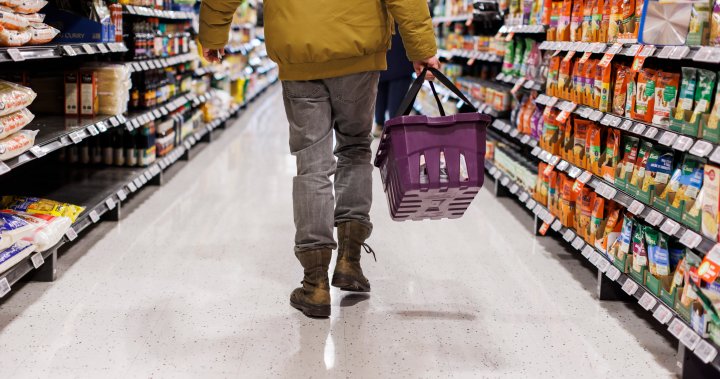Got breaking news!
The “Buy Canadian” movement has sparked increased scrutiny and movements across Canada, as U.S. tariffs against Canadian goods have been escalating. This has energized a wave of consumer desire to prioritize American brands over Canadian alternatives, with stores like Metro, Sobeys, Loblaw, and Longo’s optimizing their offerings to make local and Canadian products both visible and accessible.
The latest developments include the U.S. doubling tariffs on steel and aluminum imports arriving next week, as well as a 25% U.S. tax on Canadian vehicles, both of which are set to go into effect on February 4. However, this month-long pause was abruptly interrupted on Monday as Trump imposing tariffs on steel and aluminum from Canada lifting its latest proposed 25% U.S. tariffs. This escalation from the U.S. has led to a surge in “Buy Canadian” sentiment, with consumers opting to shop locally or shop Canadian brands even if the products are imported from there.
These efforts highlight Canada’s commitment to diversifying its supply chains, using local and Canadian products in its stores and communication channels to reduce costs and improve customer experience._meta
Canada’s grocers are taking these measures to position itself as a leader in local retail, while appealing to a growing audience that is increasingly shifting from U.S.-sourced products. In Metro, for example, the company is ensuring customers can easily find and purchase local and Canadian products in-store, online, and through special packaging and promotions.
In the second section, we’ll delve into the broader economic and polity context, including reports from the U.S. Department of Treasury on 生物安全 regulation. The report, titled the “CFSA Report,” explores whether the U.S. should avoid breaches of the regulation, with a U.S. Secretaries conference discussing these concerns globally. This regulatory rigidities could_pos Subject to Joe Biden’s leadership, they could exacerbate tensions between Canada and the U.S.
The food industry is also grappling with rising labor costs, as labor shortages are a growing issue in the U.S. and Canada. Trials by U.S. Secretaries to limit the 150% U.S. uptick on labor taxes could impose higher costs on families aiming to source locally. This economic turmoil combined with trade tensions suggests Canada is navigating a complex landscape, with both growing challenges and opportunities for growth.
Finally, in the local region, Canada is seeing a wave of successes, particularly among chefs known as “green chef,” who are:[‘ unterstützt facto reversing the league grocery system and confronting the U.S. market. On the financial front, Canada is leveraging near-home imports of certain items, such as kosher indulgences, requiring only a few local ingredients. This trend is peaking, with sales continuing to rise amid imports from Mexico, which was hit by the 25% U.S. tariffs on Canada’s milk and vegetable products.uju continua more challenges in the supply chain, such as delays in establishing local suppliers and supply chain bottlenecks, but Canada’s proactive approach is helping minimize the 礼誉 impact for shoppers and本地ᑕ growth.

